In a major move to bolster long-term investment in the petrochemical sector, the Majlis ratified a law last week to uphold a previous formula that determines feedstock prices for petrochemical complexes for the next decade.
Parliament on Saturday eliminated a clause from the next five-year economic development plan (2016-21) that called for revising the feedstock pricing scheme for petrochemical factories, Shana reported.
According to Marzieh Shahdaei, head of Iran's National Petrochemical Company, Iran offers gas feedstock to petrochemical plants at 8-9 cents per cubic meter.
She welcomed the move and said it can spur a new wave of investments in the fast emerging sector, Iran's third major industry after oil and gas.
Shahdaei underlined the need to attract new sources of investment and said, "The petrochemical industry is a major contributor to gross domestic product. But development of petrochemical projects is contingent upon (financial) support."
Major energy companies "are still not willing to take the risk of investing in Iran's petrochemical projects despite competitive feedstock prices," Shahdaei told a conference in Tehran on Sunday.
According to reports, the average price of feedstock in Persian Gulf Arab countries is 6-8 cents per cubic meter.
Commenting on the role of the private sector in expanding the industry, the official said more petrochemical firms are being privatized and the NPC has a regulatory role in the process.
"The NPC is paving the way so that the private sector can play a more active role in petrochemical initiatives," Shahdaei said without elaboration.
Incomplete Projects
On incomplete petrochemical plants, Shahdaei said designating such ventures to private companies is on the NPC agenda.
She, however, clarified that new petrochemical plants that are designed to produce only one product, such as methanol or ethylene, will not be on the priority list to receive gas feedstock.
Shahdaei believes that all sectors in the petrochemical industry should help complete the value added chain so as to manufacture petrochemicals that generate higher revenues compared to what comes from selling crude oil and gas.
"The petrochemical sector can put an end to export of crude oil or natural gas, as it can transform these hydrocarbon resources into commodities with significantly higher margins."
She added that to spur growth in the petrochemical sector, new investment projects in the industry will receive between 10% and 30% discount on the price of feedstock.
Work in Progress
Regarding ongoing projects, Shahdaei noted without elaboration that Chinese credit lines have already been opened to develop five petrochemical projects. Moreover, the National Development Fund of Iran will finance 5 other projects.
Underscoring the total number of active petrochemical plants in the country, Shahdaei said there are 20 complexes in Mahshahr, 12 in Asalouyeh and the rest are scattered across the country.
"Our production capacity stands at 64 million tons a year, but it is planned to rise threefold over the next few years," she said.
According to government data, Iran exported nearly $13.5 billion worth of petrochemicals in the previous fiscal that ended in March 2016.


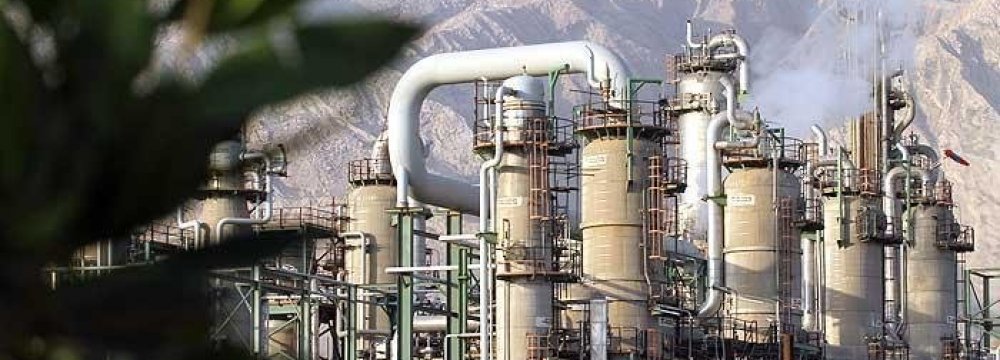

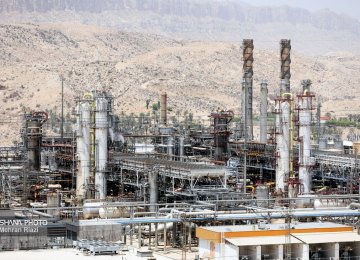
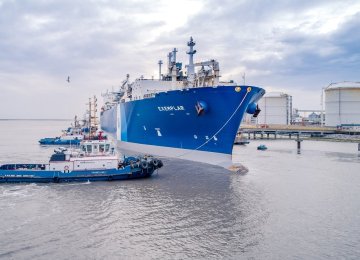
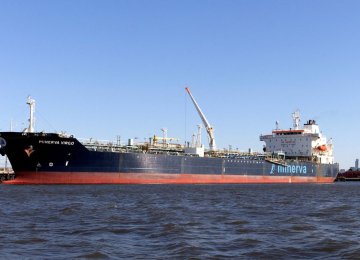
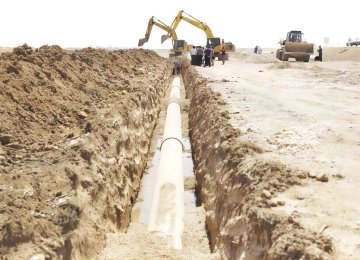
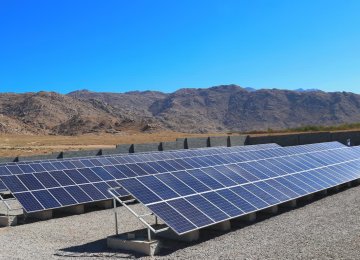


Add new comment
Read our comment policy before posting your viewpoints